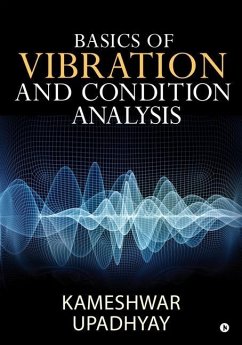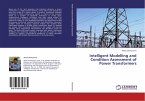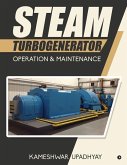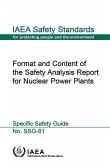The book aims to impart basic knowledge of vibration and its effects on the process, functions and life of industrial machinery and acceptable limits of vibration, derived from different international standards. It highlights characteristics of vibration amplitude (displacement, velocity and acceleration), frequency and phase. It explains the basics of vibration theories of free & forced, single and double degree, damped and un-damped vibration systems, mode shapes, critical speeds of rotor and presents solution of complex vibrations in simplified mathematical models. Vibration measurement techniques, various types of transducers and their applications are also illustrated briefly. The book elaborates fault diagnosis & condition analysis techniques through simplified tabular charts for machines and mechanical modelling solution of vibration on complex bodies. Condition analysis by machine performance like efficiency, water rate, fuel consumption, or output and specific functional deviation(s) in machine is elaborated specially for setting alarms at suitable parameter of vibration. The static and dynamic balancing techniques are explored for single plane balancing, using only amplitude, amplitude and phase, or only phase for practical applications. In situ two-plane balancing by graphical, mathematical and computerized techniques are described in a simplified manner to achieve acceptable value of unbalance (reference international standards for different types of machines). The case studies of single or multi-degree freedom, damped or un-damped, torsional, and translational vibration are described for understanding, trouble diagnosis and their remedial actions to resolve the problems.








